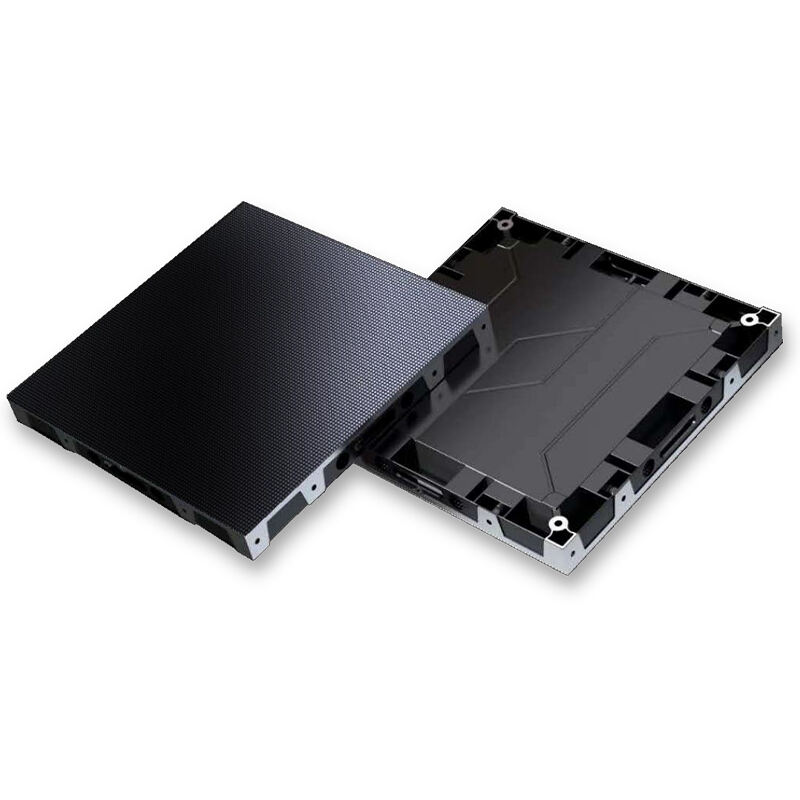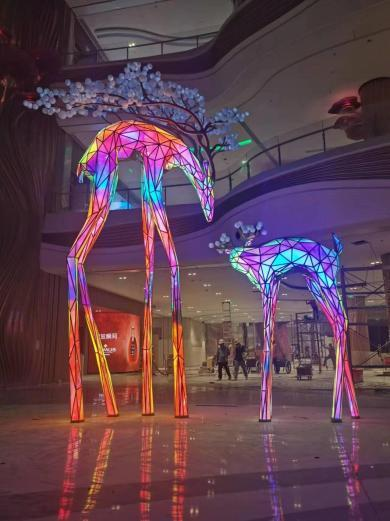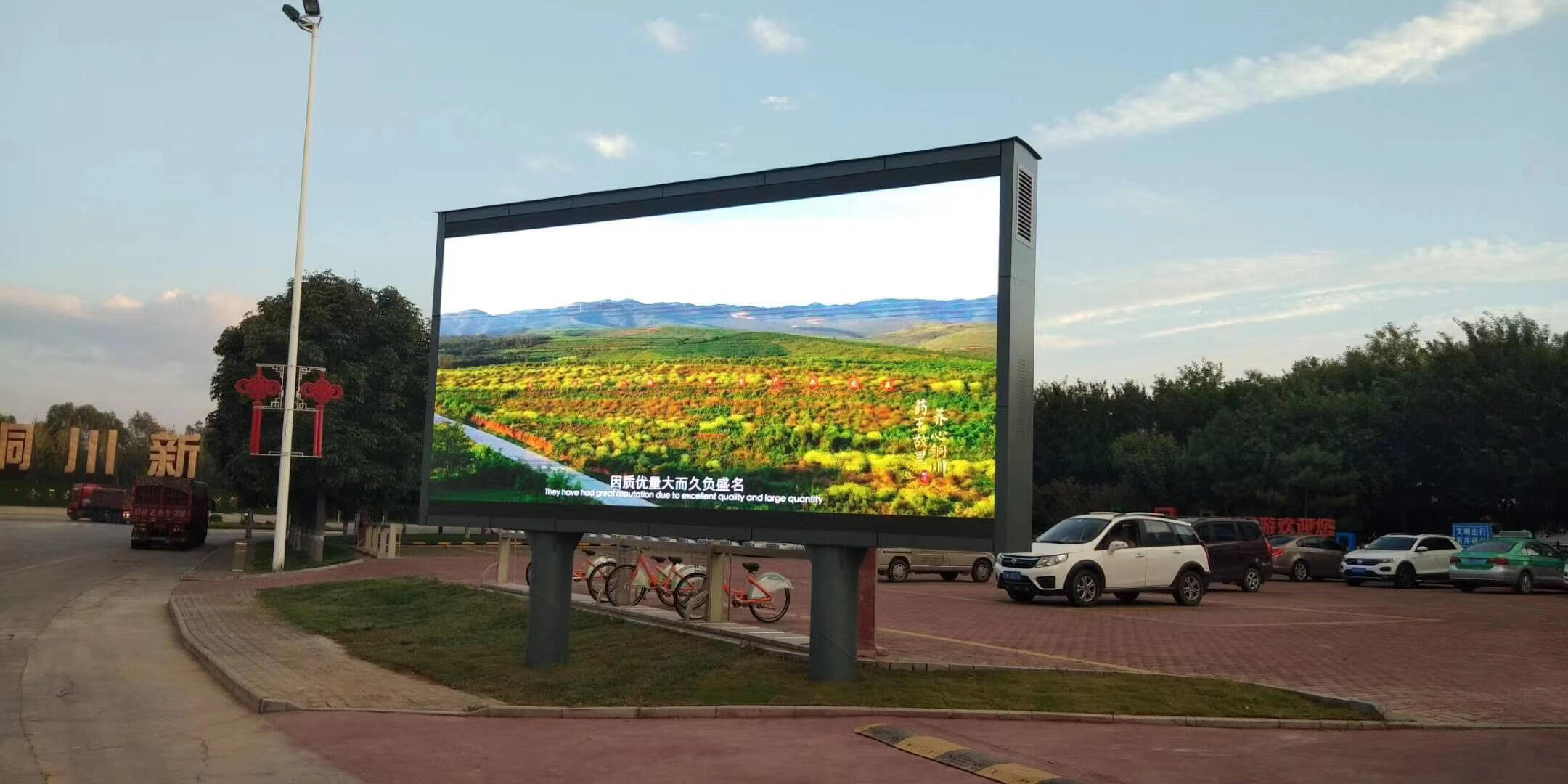Innovative technology and development trend of LED display
Understanding LED Displays: Definition and Functionality
LED displays, short for Light-Emitting Diode displays, are composed of small light bulbs known as LEDs, which function collectively to produce images or text. Each LED in a display can be independently controlled, allowing for the creation of complex visuals or simple text displays. Unlike traditional displays that require backlighting, LED displays emit their own light, contributing to their energy efficiency and bright visuals.
The operational principle of LED displays revolves around light-emitting diodes. These diodes are made from semiconductor materials that emit light when an electric current passes through them. For visuals to appear on a screen, a processor sends a signal to the LEDs, instructing them to light up in specific colors and intensities. This self-illuminating nature enhances brightness and contrast compared to other display technologies like LCDs.
A critical aspect of LED displays is the role of RGB (Red, Green, Blue) color mixing. By adjusting the intensity of each of these primary colors, the display can generate a wide spectrum of colors, resulting in vibrant and true-to-life images. This RGB color mixing capability makes LED displays highly sought after for environments where color accuracy and vividness are paramount, such as in digital signage and televisions.
Types of LED Displays in the Market
LED displays come in various types, catering to different environments and uses. Firstly, there is a distinction between indoor and outdoor LED displays. Indoor LED displays are designed for controlled lighting conditions and have lower brightness requirements, while outdoor LED displays need higher brightness and durability to withstand environmental elements, enabling visibility even under direct sunlight. Outdoor models include extra weatherproofing to handle rain, wind, and adverse conditions, making them suitable for stadium scoreboards or billboards.
Next, fixed LED displays differ from rental ones. Fixed displays are permanent fixtures, often used in sports arenas or mall advertisements. Conversely, rental LED displays are portable, designed for temporary installations like trade shows or concerts. They feature quick assembly and disassembly capabilities, catering to events requiring rapid setup.
Additionally, different LED technologies bring unique features. SMD (Surface-Mounted Device) technology provides small and closely packed LEDs, ideal for high-resolution indoor displays. In contrast, DIP (Dual In-line Package) LEDs offer high brightness suitable for cost-effective outdoor solutions. COB (Chip-on-Board) technology compacts many LEDs on a single chip, ensuring uniform illumination and enhanced brightness—perfect for large, seamless video walls needing superior color accuracy and uniformity.
Lastly, innovations in flexible, transparent, and curved displays showcase modern LED applications. Flexible LED displays can bend and conform to various shapes, making them ideal for creative installations in museums or artistic displays. Transparent displays offer the ability to see through the screen, utilized in retail settings to captivate passersby while exhibiting products within store windows. Curved displays are utilized in immersive environments, such as simulation rooms or to create engaging experiences in entertainment venues, offering a futuristic aesthetic.
Key Innovations in the LED Display Market
Recent advancements in LED technology have introduced Mini-LED and Micro-LED innovations, significantly enhancing display efficiency and brightness. Mini-LEDs involve smaller chips that allow precise local dimming, leading to better contrast and color depth, making them ideal for LCD backlighting. In contrast, Micro-LED technology involves self-emissive microscopic LEDs, offering sharper image quality and exceptional brightness, which is desirable for large-scale displays like video walls and televisions. Both technologies are lauded for their energy efficiency and longevity.
Quantum Dot Technology, often seen in QLED displays, has revolutionized color accuracy, providing more vivid and true-to-life visuals. By incorporating quantum dots—tiny semiconductor particles—into LED displays, manufacturers can achieve a wider color gamut and improved brightness levels. This technology addresses the limitations of conventional LEDs, offering unparalleled color richness, making it especially popular in high-end televisions and professional displays.
The development of flexible and curved displays marks another significant innovation in the LED display market. These types of displays allow for artistic and modern design aesthetics in commercial environments, such as retail spaces and exhibitions. The ability to bend and shape displays provides a unique visual experience that stands out, enhancing engagement and offering creative possibilities in architectural designs. These advancements not only reshape how we interact with digital content but also open new avenues for businesses to express their brand identity powerfully.
Benefits of LED Displays Over Traditional Technology
The energy efficiency and longevity of LED displays are significant advantages over traditional technologies. On average, LED screens consume about 75% less energy than fluorescent lights used in LCDs. This efficiency not only reduces carbon footprints but also translates into lower costs for businesses over time. Additionally, LED displays often last up to 100,000 hours, significantly outlasting conventional options like LCDs, which require more frequent replacements.
LED displays offer superior image quality and brightness, outperforming LCDs and projectors. Unlike LCDs, which cannot produce true blacks due to their backlighting, LEDs can individually control each diode, enhancing contrast and color saturation. Studies have shown that LED displays provide sharper and more vibrant images, making them ideal for both advertising and entertainment purposes.
The versatility and design customization of LED displays enable businesses to create innovative visual solutions tailored to their needs. Brands like Coca-Cola have successfully utilized LED technology to create eye-catching digital billboards, altering brand interaction. Whether it's a curved display in a retail store or an interactive LED wall at a corporate event, LEDs offer endless possibilities for creative business presentations.
Applications of LED Displays
LED displays play a crucial role in advertising and digital signage, offering a dynamic platform that captures viewer engagement. With viewer engagement rates increasing by up to 47% compared to static ads, LEDs are becoming essential in creating appealing promotions that captivate audiences. These displays enable businesses to easily update content, ensuring their messages are always relevant and engaging.
In entertainment and live events, LED displays are used extensively, transforming experiences at prominent festivals and concerts. LED video walls provide an immersive backdrop with vibrant imagery, enhancing performances and audience interaction. Renowned events, like the Coachella Valley Music and Arts Festival, utilize massive LED installations to create memorable and visually stunning stages, ensuring every attendee has a clear view.
Beyond entertainment, LED displays are vital for information dissemination in transportation hubs, such as airports and train stations. They provide real-time updates on arrivals, departures, and schedules, enhancing the traveler's experience by offering crucial information at a glance. This integration not only increases efficiency but also ensures clear communication to large crowds, reducing confusion and delays.
Future Prospects of LED Display Technology
Looking ahead, the future of LED display technology appears promising with several anticipated advancements. Innovations are expected to improve energy efficiency and resolution, making displays more vibrant and environmentally friendly. These technological breakthroughs will likely enhance the role of LED displays across various sectors.
The adaptability of LED technology is paving the way for expanded applications in healthcare and education. In healthcare, LED displays could be used for more immersive patient interactions and detailed medical imaging. Meanwhile, educational institutions might leverage LED screens for enhanced smart classrooms, facilitating interactive learning experiences. The versatility of LED technology ensures it continues to play a crucial role in these evolving sectors.







 Hot News
Hot News